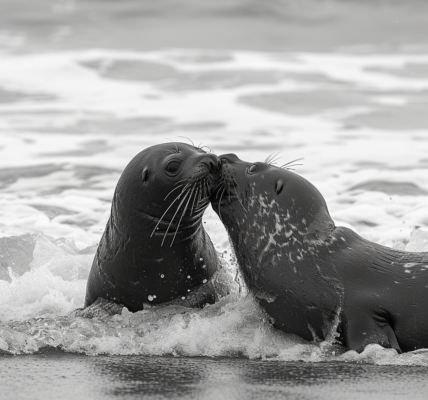Recent research conducted by the Alfred Wegener Institute, Helmholtz Centre for Polar and Marine Research (AWI), has revealed alarming findings about the 79° N-Glacier in northeast Greenland. The study reports a significant ice loss of more than 160 meters in thickness since 1998, attributed to warm ocean water melting the glacier from below.
The study utilized ground-based measuring devices, aircraft radar, and satellite data to assess the impact of global warming on the stability of the floating ice tongue. Dr. Ole Zeising, the lead author of the publication, highlighted the use of autonomous instruments for radar measurements since 2016, providing crucial insights into melt and thinning rates.
One of the key observations from the study is the formation of lakes on the glacier’s surface due to high air temperatures, leading to water flow through massive channels in the ice into the ocean. The research team reported the existence of a channel reaching a height of 500 meters, while the ice above it was only 190 meters thick, emphasizing the substantial changes taking place.
The findings underscore the concerning impact of warm ocean inflow and a warming atmosphere on the 79° N-Glacier, with extremely high melt rates occurring near the transition to the ice sheet. The study also highlights the potential implications for other ice shelves in Greenland and Antarctica, as instability typically results in accelerated ice flow and subsequent sea level rise.
The research involved the deployment of autonomous measuring devices with modern radar technology by helicopter in the challenging-to-access region of the 79° N-Glacier. Additionally, measurement flights using the polar aircraft of the AWI and satellite data were integrated into the comprehensive scientific study, providing a unique dataset of observations that sheds light on the significant changes in the glacier over recent decades.
This study serves as a stark reminder of the urgent need to address the impact of climate change on polar ice masses and their implications for global sea levels. The findings underscore the critical importance of ongoing research and monitoring efforts to understand and mitigate the effects of environmental changes on polar regions.





